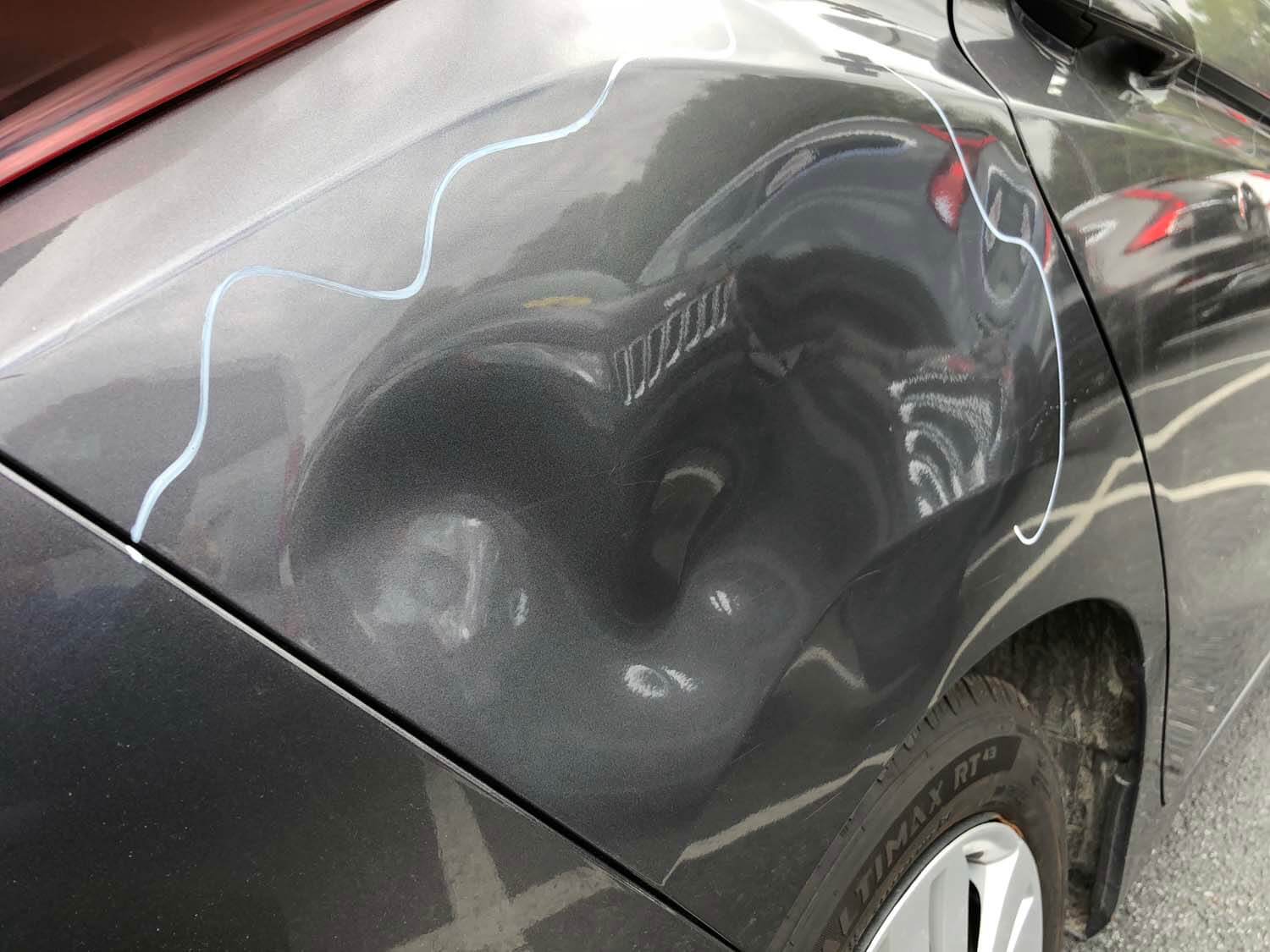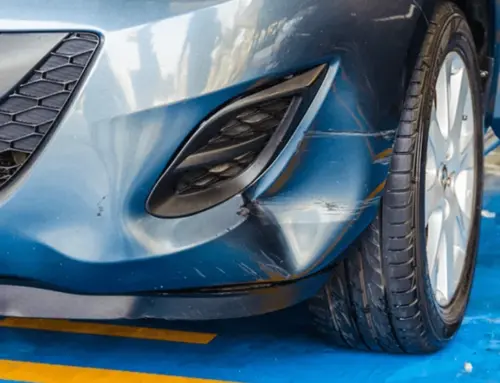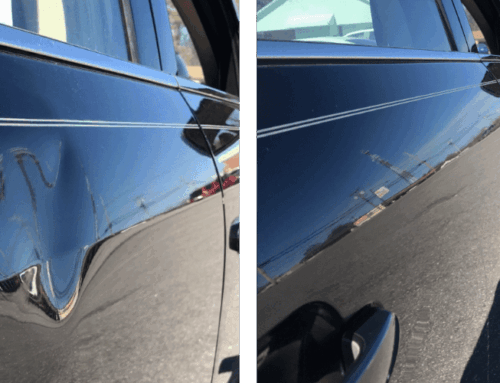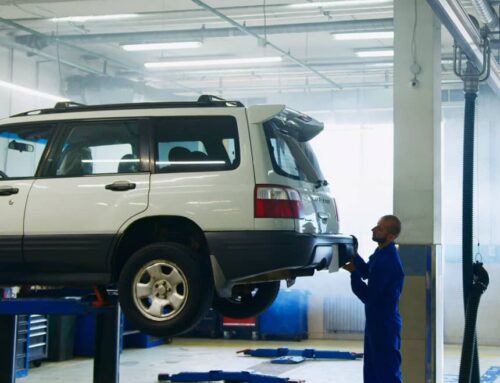Dents happen—whether it’s a runaway shopping cart, a sudden hailstorm, or that one time you parked a little too close to your garage wall. But getting them fixed doesn’t have to mean expensive bodywork or repainting. There’s a little-known technique that professionals use to remove dents without sanding, filling, or repainting. It’s called Paintless Dent Removal (PDR), and it works like magic—except it’s all science.
By carefully massaging and reshaping the metal from behind the dent, skilled technicians can restore your car’s body to its original shape without compromising the factory paint. The best part? It’s quicker, cheaper, and environmentally friendly. No harsh chemicals, no mismatched paint, just your car looking like the dent never happened.
Despite its effectiveness, PDR remains a mystery to most car owners. Here’s what really goes on behind the scenes and why it’s the smarter choice for fixing dents.
How does the process of paintless dent removal work?
Paintless Dent Removal (PDR) is a specialized process that repairs minor dents and dings on a vehicle without damaging the original paint. Here’s how the process works:
- Assessment of the Damage: The technician carefully inspects the dent to assess its size, depth, and location. The type of damage, such as whether it’s a shallow or deep dent, helps determine whether PDR is a viable solution.
- Accessing the Dent: Depending on the location of the dent, the technician will access the backside of the affected panel. This may involve removing interior panels or trim to reach the area where the dent is located.
- Using Specialized Tools: PDR tools are designed to apply precise pressure to the metal. The technician uses long, thin rods, leverage tools, and flat “push” tools to gently manipulate and push the metal back into its original shape. The process is done slowly to ensure that the paint remains intact.
- Smoothing and Refining: Once the dent is pushed out, the technician smooths out any small imperfections or uneven surfaces, ensuring seamless repair.
- Final Inspection: The technician inspects the repair under different light sources to confirm that the dent is fully removed and that the vehicle’s finish is flawless.
This process is quick, cost-effective, and preserves the original paint, making it ideal for minor dents, dings, and hail damage.
What makes paintless dent removal different from traditional dent repair?
Paintless Dent Removal (PDR) differs from traditional dent repair in several ways, offering distinct advantages in terms of efficiency, cost, and preservation of the vehicle’s original condition. Here’s how PDR compares to traditional dent repair:
- No Need for Painting: PDR preserves the original paint, unlike traditional dent repair, which often requires repainting or touch-ups. This eliminates the need for respraying and ensures the vehicle’s factory finish remains intact.
- Less Invasive: PDR is a non-invasive process that doesn’t require cutting, sanding, or filler materials. Traditional dent repair often involves more extensive work to reshape the metal and apply new paint, leading to longer turnaround times and potential mismatches in paint color.
- Faster Turnaround: PDR is typically completed in a much shorter time frame, often within a few hours, whereas traditional repairs can take several days or longer, especially if painting and drying are involved.
- Cost-Effective: PDR doesn’t require expensive materials like paint and filler, so it tends to be more affordable than traditional dent repair. The labor costs are also lower because the process is quicker and more efficient.
- Preservation of Vehicle Value: PDR helps preserve the vehicle’s resale value since the original paint is kept intact. Traditional repairs, especially if poorly done, can sometimes affect the car’s aesthetic and resale value.
PDR offers a quicker, more cost-effective, and less invasive solution while maintaining the vehicle’s original integrity.
Why do professionals use specialized tools for paintless dent removal?
Professionals use specialized tools for Paintless Dent Removal (PDR) because they are designed to carefully and effectively repair dents without damaging the vehicle’s paint or underlying structure. Here’s why these tools are essential:
- Precision and Control: PDR tools like rods and leverage tools allow technicians to apply precise pressure to specific dent areas. This helps them gradually reshape the metal without affecting the surrounding areas, ensuring the repair is smooth and seamless.
- Accessing Hard-to-Reach Areas: Some dents occur in difficult-to-reach locations, such as behind body panels or near window frames. PDR tools are thin, flexible, and long enough to access these tight spaces without removing large portions of the vehicle, reducing the time and labor involved.
- Maintaining the Paint’s Integrity: Traditional dent repair often requires sanding, filling, and painting, which can risk damaging the car’s original paint. PDR tools are designed to gently push the dent out from behind the panel, keeping the paint intact and preserving the vehicle’s factory finish.
- Customization and Flexibility: PDR tools come in various shapes and sizes, allowing technicians to adjust the repair method based on the specific dent type. This customization ensures that every repair is tailored to the dent’s unique characteristics.
- Efficient and Safe Repair: Specialized tools allow professionals to fix dents quickly, efficiently, and safely, ensuring the best results without compromising the vehicle’s condition.
These tools are essential for performing high-quality, reliable, paintless dent repairs while maintaining the car’s original appearance.
Can all types of dents be fixed using paintless dent removal?
While paintless dent removal (PDR) is an effective method for fixing many types of dents, not all of them suit this technique. The success of PDR depends on several factors, such as the size, location, depth, and severity of the dent. Here are the conditions under which PDR can and cannot be used:
- Suitable for PDR:
- Small to Medium Dents: PDR works best for small to moderate dents caused by hail, parking lot dings, or minor collisions. These dents often don’t damage the paint and can be pushed out effectively without repainting.
- Shallow Dents: Shallow dents where the metal hasn’t been deeply creased or stretched are ideal for PDR. These dents can often be massaged back into shape without affecting the paint.
- Accessible Areas: Dents where the technician can access the panel’s backside are good candidates for PDR. The technician must use specialized tools to pressure the dent from behind.
- Not Suitable for PDR:
- Deep or Severe Dents: Deep dents, those with sharp creases, or those that have severely stretched the metal may not be repairable with PDR, as the metal is harder to reshape.
- Paint Damage: If the paint is cracked, chipped, or scratched due to the dent, PDR is not viable, as it relies on the original paint being intact.
- Edges and Creases: Dents near edges or sharp creases can be difficult to repair with PDR since the technician needs sufficient access and the metal is harder to manipulate.
PDR is an excellent solution for minor to moderate dents but is unsuitable for severe or highly damaged areas. A technician will assess the damage to determine if PDR is the best option.
Discover the Science of Paintless Dent Removal Today!
Discover the science of Paintless Dent Removal today with Piedmont Dent Repair! Our expert technicians use advanced techniques and specialized tools to restore your vehicle to its original condition without repainting. Paintless Dent Removal (PDR) is a cost-effective and efficient solution for minor dents, dings, and hail damage. By gently massaging the metal back into shape, we preserve your car’s factory finish and save you time and money.
Don’t let those unsightly dents linger—contact Piedmont Dent Repair today to experience the science behind this innovative, non-invasive repair method!





